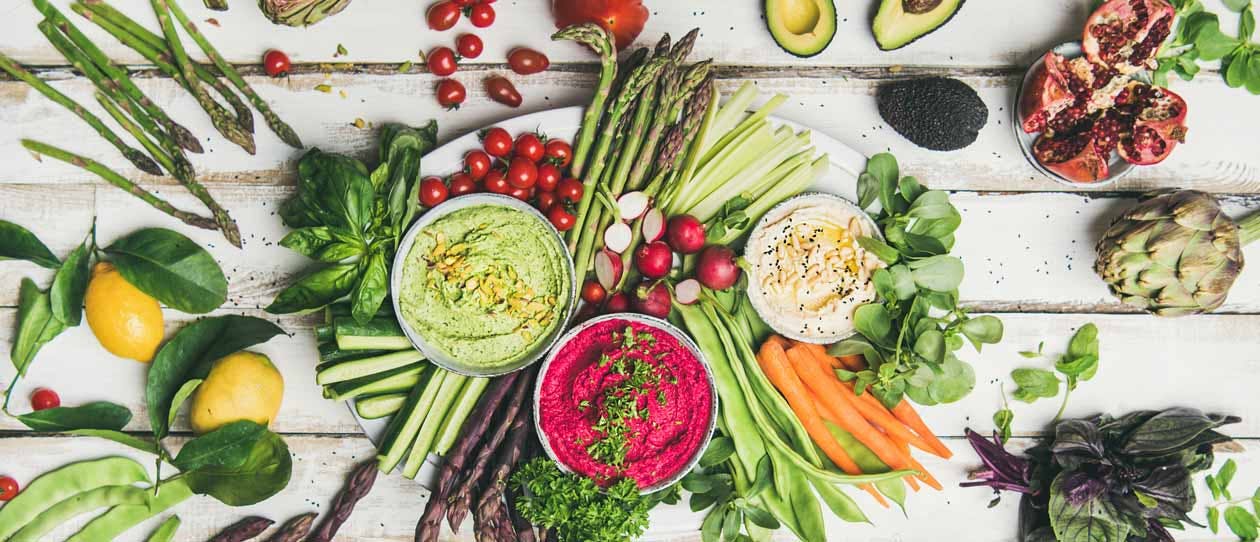“You are what you eat” is a saying that could have been written with your gut’s microbiome in mind. While there are a few different factors, including your genes , that determine which bugs set up shop in your gut, one of the most important influences is what you put in your mouth.
And that’s great news because not only is your diet 100 per cent modifiable, research has drilled down into which foods work best to help heal your gut and improve its bacterial population.
Gut recovery diet
Symptoms of an unhealthy gut can include excessive burping and wind, bloating, abdominal pain and abnormal bowel habits.
If you’re among the 50 per cent of Australians who experience symptoms like these regularly, you might like to try some of the following strategies.
1. Pack your meals full of prebiotics
Prebiotics are dietary fibres that stimulate the growth and healthy activity of “good” bacteria in the large intestine.
All prebiotics are fibres, but not all fibre is prebiotic. To work as a prebiotic, the fibre must pass through the small intestine intact, so it can act as food for the microbes living in the large intestine.
Eating a variety of plant-based foods that supply all the different types of fibre is key to good health, but if you’re looking for foods that contain the all-important prebiotic fibres try :
- Vegetables - garlic, onion, leek, asparagus, fennel, green peas, snow peas, beetroot, sweetcorn and savoy cabbage
- Legumes - chickpeas, lentils, red kidney beans and soybeans
- Fruits - watermelon, nectarines, grapefruit, white peaches, pomegranates and firm bananas
- Cereals - pasta, oats, couscous, barley, and wheat and rye breads
- Nuts and seeds - cashews and pistachio nuts
Read ‘The healthy gut diet’ and discover some good-for-your-gut recipes that feature a few of these foods.
2. Introduce probiotic foods
These are good bacteria that can add to the bacterial population already living in your gut , as well as interacting with it to help restore your gut’s good-versus-bad balance of bacteria .
Sources of probiotics include yoghurts that contain at least 100 million colony-forming units and sauerkraut that’s been fermented rather than preserved .


